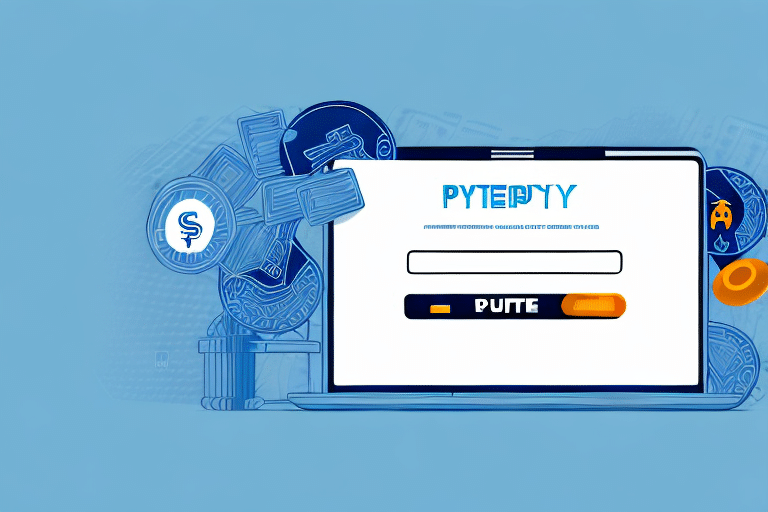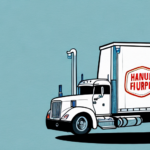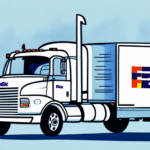How to Pay Freight Easily and Securely
Paying for freight can be a complex process with numerous methods available. In this article, we explore various freight payment options, examining the advantages and disadvantages of each. We also discuss strategies to avoid common payment mistakes and how to select the best payment provider for your business needs.
Understanding Freight Payment Methods
Freight payment involves compensating for the transportation of goods from one location to another, encompassing carrier services, fuel costs, and other shipping-related expenses. Various payment methods are available, ranging from traditional methods like checks and wire transfers to modern electronic payment systems.
Traditional Payment Methods
Traditional methods such as checks and wire transfers have long been used in the freight industry. These methods are familiar to many businesses and can be straightforward to implement. However, they often involve manual processing, which can lead to delays and increased administrative costs.
Electronic Payment Systems
Electronic payment systems offer a more streamlined approach to freight payments. These systems utilize digital platforms to process transactions quickly and securely, often integrating with other business software for seamless operations. Electronic payments can enhance efficiency and reduce the risk of errors compared to manual methods.
The Advantages of Electronic Freight Payment
Electronic freight payment systems provide several significant advantages over traditional payment methods, including:
- Automation and Efficiency: Automating the payment process reduces the time and resources required for manual processing.
- Speed: Funds are transferred in real-time, minimizing the risk of late or incorrect payments.
- Security: Enhanced security measures, such as encryption and fraud detection, protect against unauthorized transactions.
- Tracking and Management: Electronic systems offer better visibility into payment status and history, facilitating easier tracking and reconciliation.
- Cost Savings: Automation reduces the need for manual labor and paper-based processes, lowering administrative costs.
According to a report by The National Law Review, automated payment systems can reduce processing costs by up to 30%, highlighting their financial benefits.
Common Freight Payment Mistakes to Avoid
Mistakes in freight payment can lead to significant issues, including shipping delays, reputational damage, and financial losses. To avoid these pitfalls, consider the following common mistakes:
- Incorrect Payments: Ensure accuracy in payment amounts to prevent overpayments or underpayments.
- Late Payments: Timely payments are crucial to maintain good relationships with carriers and avoid penalties.
- Overpayments: Regularly reconcile invoices with shipping records to avoid unintended overpayments.
- Lack of Reconciliation: Failing to match invoices with shipping records can result in discrepancies and delayed payments.
- Poor Communication: Clear communication with carriers and suppliers about payment expectations can prevent misunderstandings.
Implementing robust payment verification and fraud prevention measures is essential to mitigate these risks.
Choosing the Best Freight Payment Provider for Your Business
Selecting the right freight payment provider is vital for the smooth operation of your business. When evaluating providers, consider the following factors:
- Security: Look for providers that offer robust fraud prevention measures, such as real-time transaction monitoring and encryption.
- Cost: Evaluate the pricing structure to ensure it aligns with your budget and offers competitive rates.
- Customer Service: Excellent customer support can resolve issues quickly and improve your overall experience.
- Experience and Expertise: Providers with extensive industry knowledge can better navigate the complexities of freight payment.
- Integration Capabilities: Ensure the payment system can integrate with your existing transportation management system (TMS) or enterprise resource planning (ERP) software.
According to a study by Supply Chain Digital, businesses that choose experienced payment providers experience a 25% reduction in payment errors.
The Role of Freight Auditing in Secure Payment Processing
Freight auditing ensures that payment amounts are accurate and all charges are properly accounted for, thereby preventing fraud and errors. Effective auditing can identify discrepancies between invoices and actual shipping records, enabling businesses to correct inaccuracies promptly.
Importance of Auditing
Regular freight auditing helps maintain financial accuracy and integrity by verifying that all charges correspond to services provided. This process can uncover billing errors, duplicate payments, and unauthorized charges.
Fraud Prevention Measures
Incorporating strong fraud prevention measures, such as systematic checks and advanced data analysis, strengthens the security of freight payments. These measures can include automated alerts for unusual transactions and secure authorization protocols.
Resources such as the Fraud Advisory Group provide guidelines on effective fraud prevention strategies in financial transactions.
Benefits of Automating Your Freight Payment Process
Automating the freight payment process offers numerous benefits, including:
- Increased Efficiency: Automation reduces manual tasks, speeding up payment processing.
- Reduced Errors: Automated systems minimize the risk of human error, ensuring accurate payments.
- Improved Security: Automated payments are more secure, with enhanced encryption and access controls.
- Enhanced Visibility: Automation provides better tracking and reporting capabilities, offering real-time insights into payment status.
- Cost Savings: Reducing manual intervention lowers administrative costs and free up resources for other business activities.
According to Cognizant, businesses that implement automated freight payment systems save an average of 20 hours per week in administrative tasks.
The Future of Freight Payment: Trends and Innovations
The freight payment landscape is continually evolving, driven by technological advancements and changing industry needs. Current and emerging trends include:
- Increased Use of Electronic Payment Methods: Adoption of digital payment systems is on the rise, providing faster and more secure transactions.
- Real-Time Payment Processing: Real-time systems enable immediate payment confirmations, enhancing cash flow management.
- Advanced Fraud Prevention: Innovations in fraud detection technology are making freight payments more secure.
- Blockchain Technology: Blockchain offers potential for transparent and immutable transaction records, reducing disputes and enhancing trust.
- AI and Machine Learning: These technologies can optimize payment processes, predict financial trends, and detect anomalies.
Experts predict that by 2025, over 80% of freight payments will be processed electronically, according to a report by McKinsey & Company.




















